A stunning combination. Shrimp, orzo pasta, a light lemon juice dressing, sugar snap peas, green onions, some red onion and nice big chunks of Feta cheese. Absolutely yummy.
I made this some weeks ago, when it was still very much summer. My friend Cherrie was in NoCal visiting family and Bud, her husband, was alone.
Often when Cherrie is away I’ll invite Bud over for dinner. This time he came to help me figure out a mechanical problem with my pool. Mechanical engineering isn’t my strength, and I have to rely on others to help me me unravel house problems of that nature. Suffice to say, the problem was that I have too much water pressure to my house (and outside landscaping, etc.). I had no idea there was such a thing as a pressure regulator that should be installed on a home’s incoming water supply. Hence, the automatic pool fillers I have were over filling. These things hang on the edge of both the pool and spa and when the water goes below a certain level, it signals to open the valve to add water and then shut off (supposedly) when it reaches an acceptable level. Well, they weren’t shutting off when they should and my pools were over filling. Badly. To the point of overflowing both pool and spa. Who knew it could be such a simple thing as too much pressure. Hence the tiny mechanical thing that says it’s time to shut off the water couldn’t react fast enough.
So, it took Bud awhile to diagnose the problem (with help from my friend Lynn in Colorado who suggested testing the water pressure – Lynn did some diagnosing of my problem when they were visiting a couple of months ago). Anyway, I am hoping it’s fixed now. I must wait until evaporation takes the water level low enough to fill again. Meanwhile, my plumber has come to install the regulator, to the tune of several hundred dollars.
Okay, now, back to food. I’m sure you were all so interested in hearing my house problems. My DH always took care of these kinds of things, so I’ve had to learn about them.
I’ve mentioned in previous posts about my project of clearing out my old recipes so I can dispose of a basket file cabinet thing. In the process I re-found a lot of recipes I’m anxious to try. One I will post soon. This one wasn’t from that mass of recipes, but from a luncheon I attended a few months ago and all of us were asked to bring a salad. Two people brought shrimp and orzo salads. What a kick! And yet, both of them were different. My friend Joan made this one, a recipe from Ina Garten. The recipe is on her website, but I have to say, some of the ingredients are hidden in the directions and not listed in the ingredients, so I’d suggest you use the recipe below which has it complete.
Big, huge shrimp are a favorite of mine. Love them! But I don’t eat them all that often as I have to be careful not to consume too many purines (of which shrimp and shellfish contain them in spades). If I have them, I like the big ones – I ate 3 of them in this salad. Vegetables were chopped (cucumber, sugar snaps, green onions, red onion, Italian parsley, dill) and Feta cheese is cubed to add in later. Orzo pasta is cooked just al dente (10 minutes), then it’s tossed with an olive oil and lemon juice dressing, then all the other stuff is tossed in, including the shrimp. Ina has you roast the shrimp – I didn’t want to heat the oven, so I just cooked them on the cooktop – took about 5-6 minutes total. The shrimp are added in and then the Feta, stirred and served. Ina suggests letting the salad sit for an hour (or overnight, even) to help meld the flavors – I didn’t do that and it was still sensational. If time permits, do that.
What’s GOOD: everything about this salad is good. The combo of shrimp and Feta is a good one. The addition of dill is inspired. Ina is a master of bringing good flavors together and this recipe is a real winner. I’m so happy I have some leftovers!
What’s NOT: can’t think of a thing!
printer-friendly PDF and MasterCook 15/16 file (click link to open recipe)
Roasted Shrimp & Orzo with Feta
Recipe By: Barefoot Contessa
Serving Size: 6
3/4 pound orzo
1/2 cup lemon juice
1/2 cup EVOO
2 teaspoons salt freshly ground black pepper
2 pounds shrimp — (16 to 18 count) peeled and deveined
1 cup minced scallions — white and green parts
1 cup fresh dill — chopped
1 cup Italian parsley — chopped
1 hothouse cucumber — unpeeled, seeded, and diced
1/2 cup red onion — minced
3/4 pound Feta cheese — large-diced
1. Preheat the oven to 400°F.
2. Fill a large pot with water, add 1 tablespoon of salt and a splash of oil, and bring the water to a boil. Add the orzo and simmer for 9 to 11 minutes, stirring occasionally, until it’s cooked al dente. Drain and pour into a large bowl. Whisk together the lemon juice, olive oil, salt and pepper. Pour over the hot pasta and stir well.
3. Meanwhile, place the shrimp on a sheet pan, drizzle with olive oil, and sprinkle with salt and pepper. Toss to combine and spread out in a single layer. Roast for 5 to 6 minutes, until the shrimp are cooked through. Don’t overcook! [I pan sauteed the shrimp with olive oil and they were cooked through in 5-6 minutes.)
4. Add the shrimp to the orzo and then add the scallions, dill, parsley, cucumber, onion, more salt and pepper. Toss well. Add the feta and stir carefully. Set aside at room temperature for 1 hour to allow the flavors to blend, or refrigerate overnight. If refrigerated, taste again for seasonings and bring back to room temperature before serving.
Per Serving: 706 Calories; 34g Fat (43.2% calories from fat); 47g Protein; 52g Carbohydrate; 3g Dietary Fiber; 281mg Cholesterol; 1582mg Sodium.





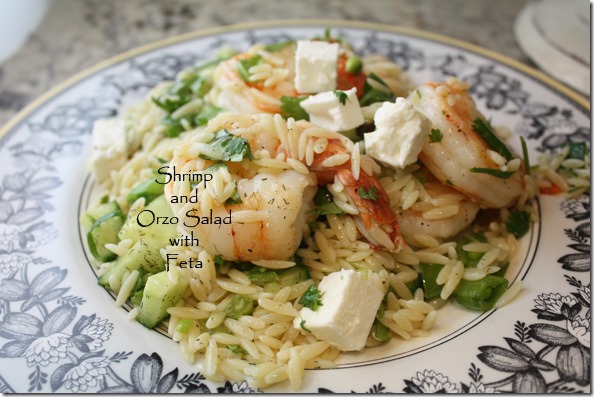

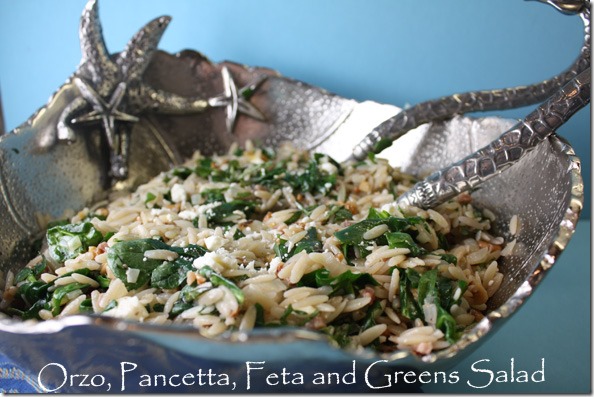
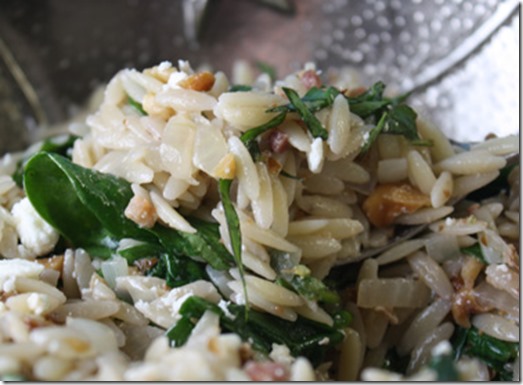
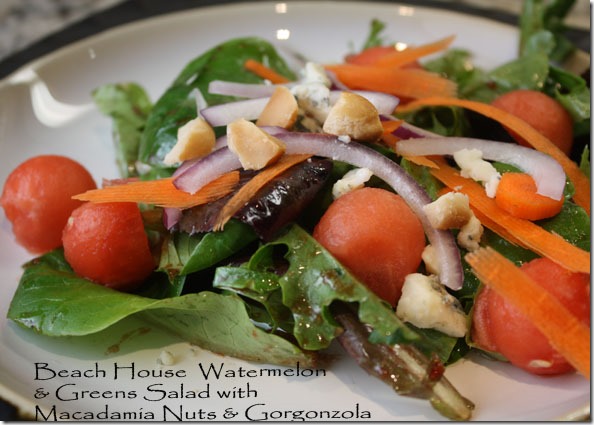
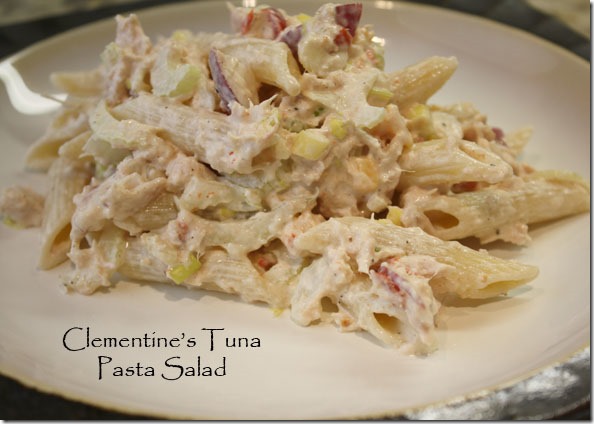
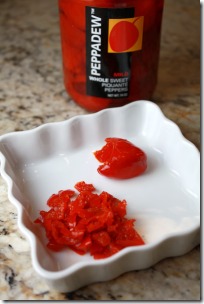
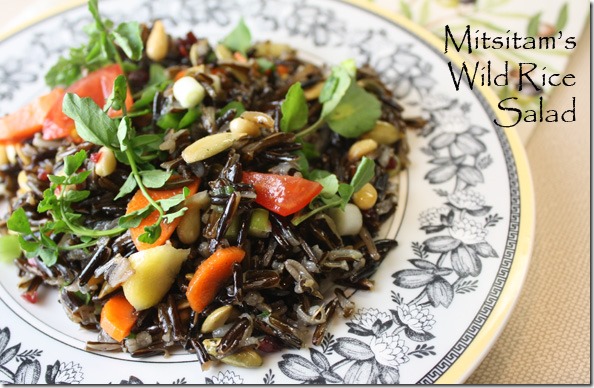
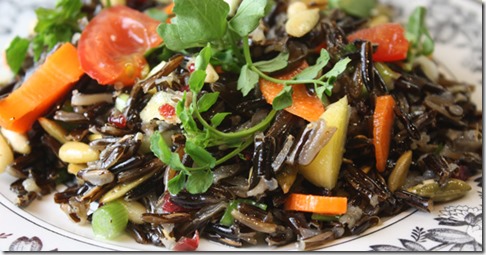
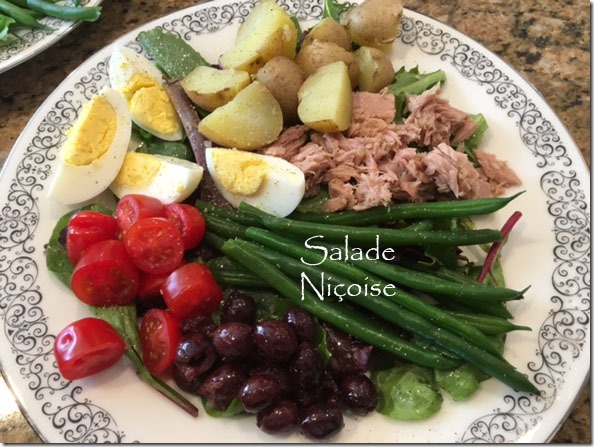
 But I was just there to visit with Joanne and her husband Larry this time. It was a beautiful Southern California spring day – warm in the sunshine, but still almost cold without a light jacket. When you drive to Palos Verdes, it’s all city for the approach to the crest of the hills, and then you arrive at the top and it’s suddenly all residential, meandering, curving streets, even some open land, which is hard to come by in our part of the state of California. They live on a bluff overlooking the ocean. It’s ever so peaceful there – no city noises, and no city to view, either. Just the ocean.
But I was just there to visit with Joanne and her husband Larry this time. It was a beautiful Southern California spring day – warm in the sunshine, but still almost cold without a light jacket. When you drive to Palos Verdes, it’s all city for the approach to the crest of the hills, and then you arrive at the top and it’s suddenly all residential, meandering, curving streets, even some open land, which is hard to come by in our part of the state of California. They live on a bluff overlooking the ocean. It’s ever so peaceful there – no city noises, and no city to view, either. Just the ocean.
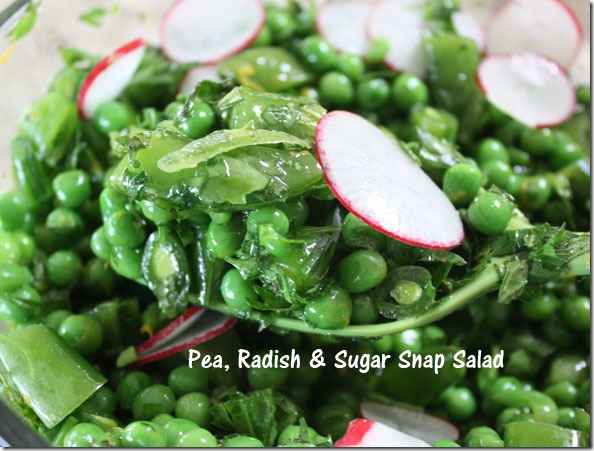
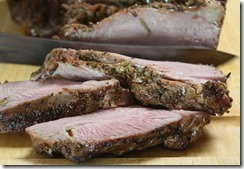
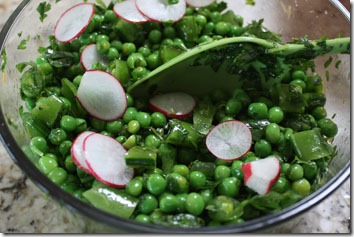
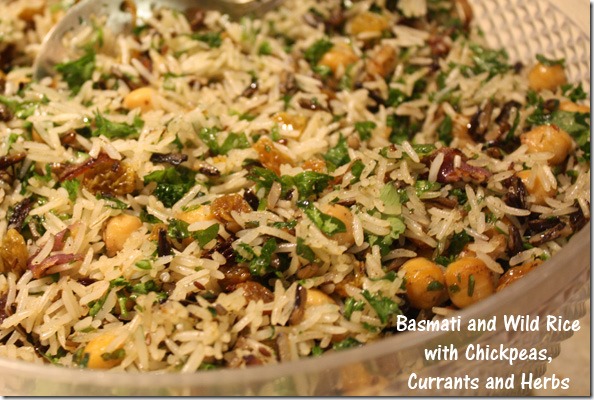
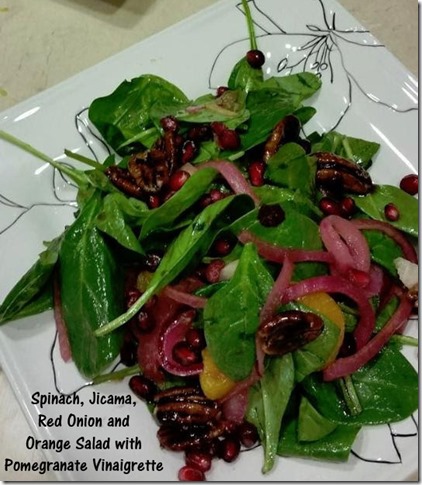
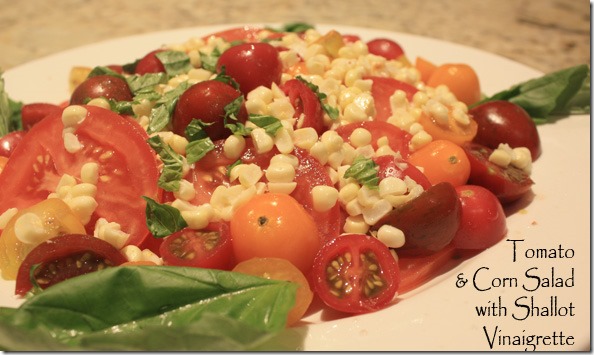
Leave a Comment!